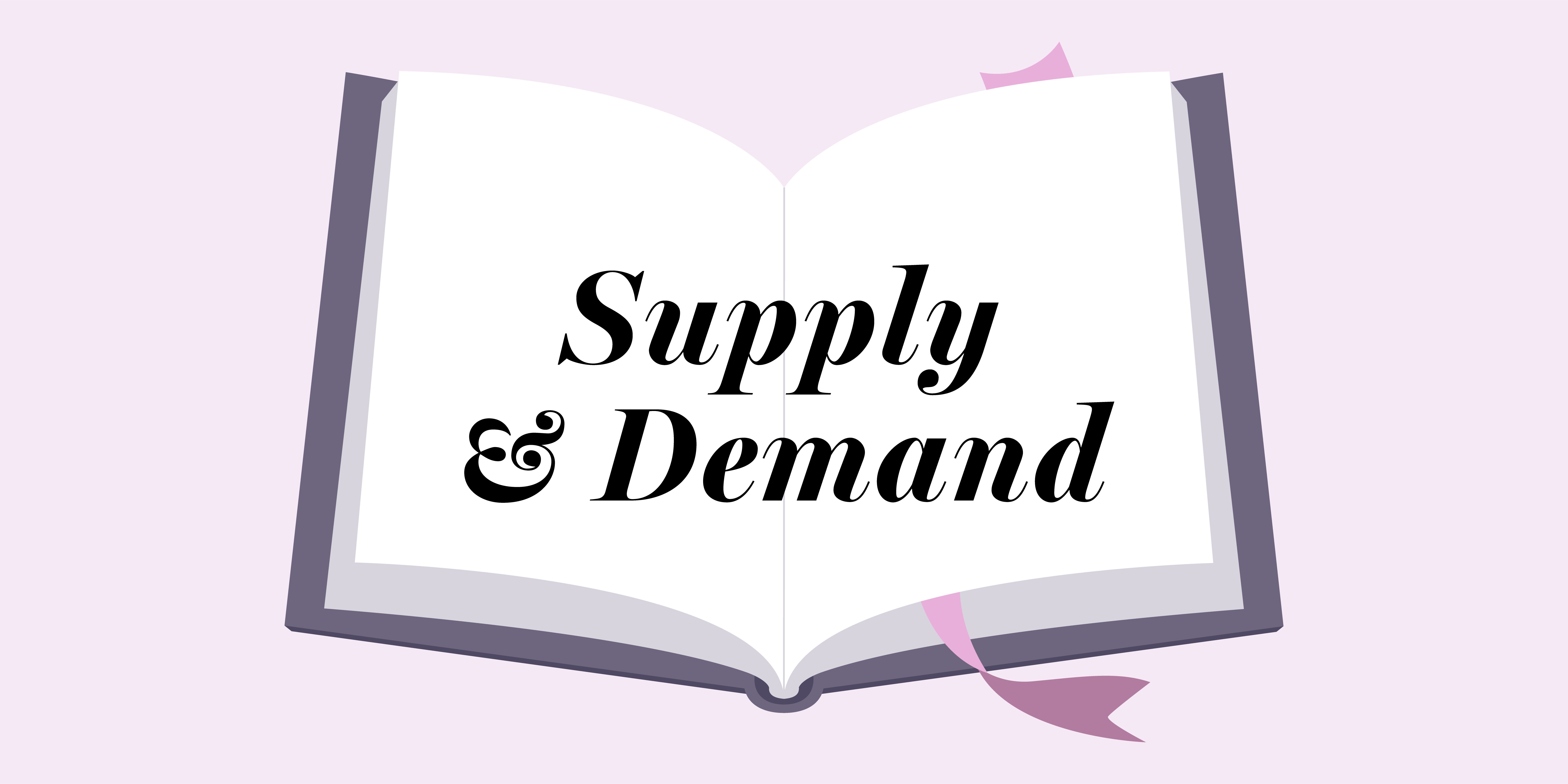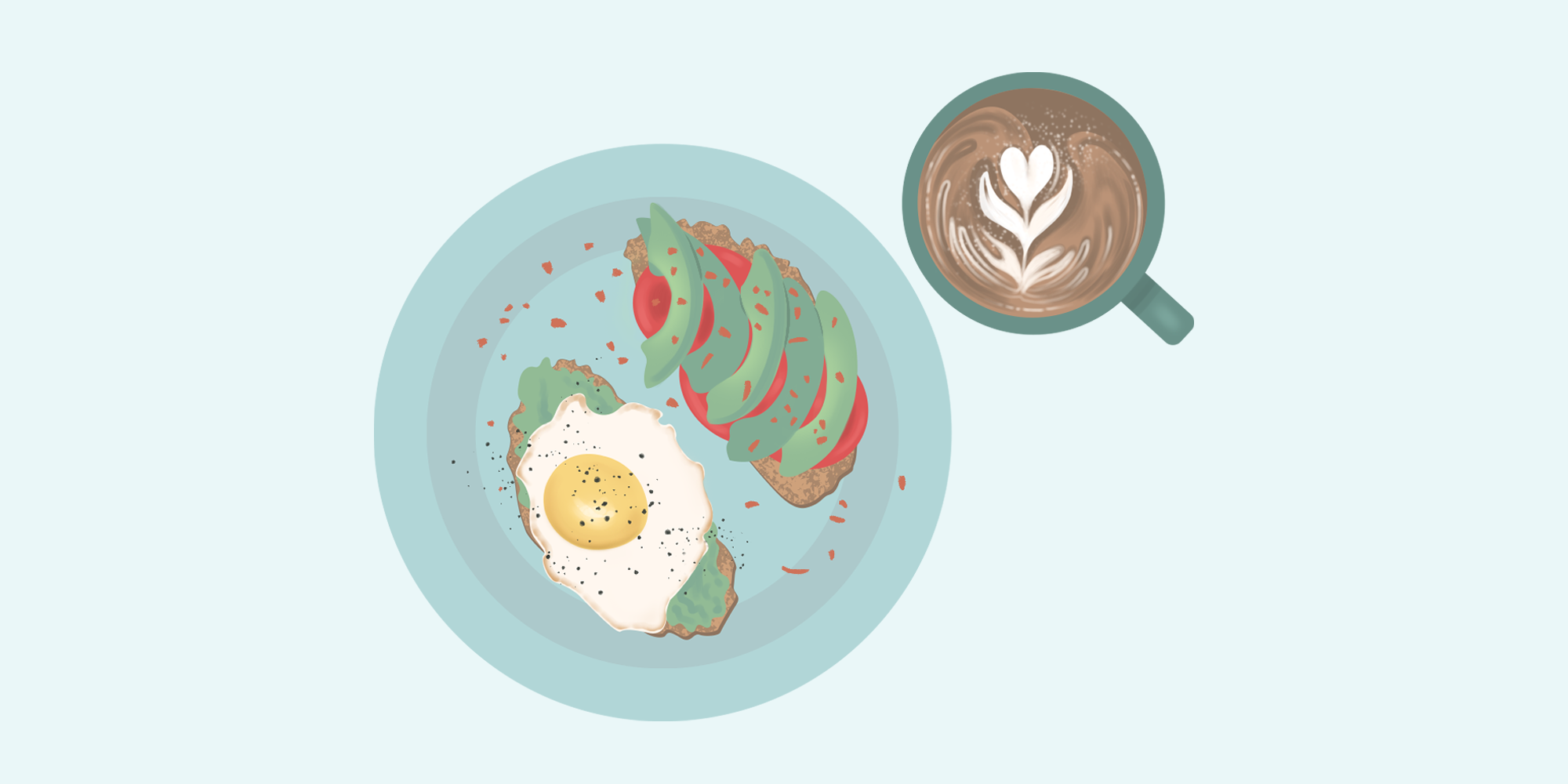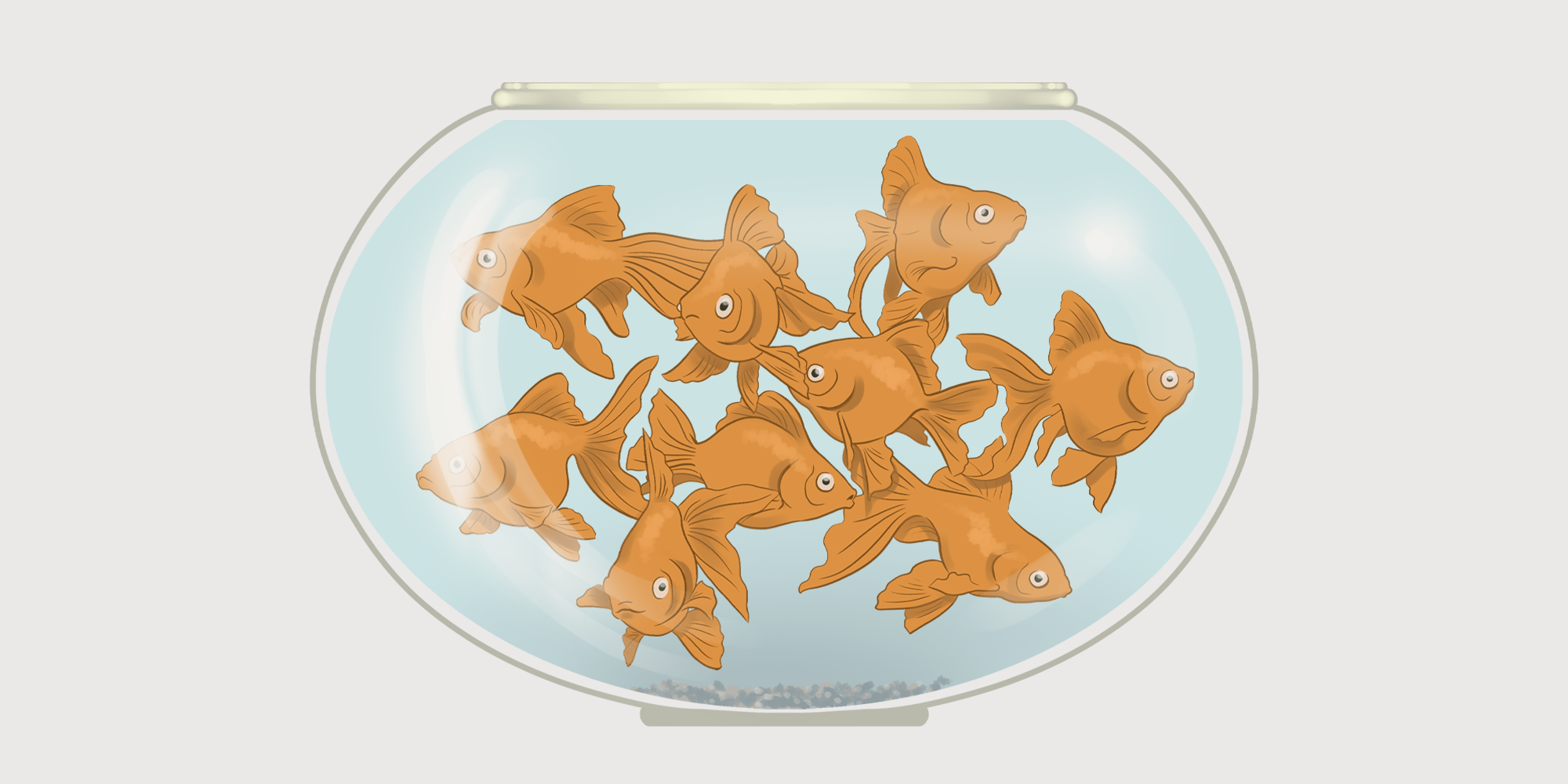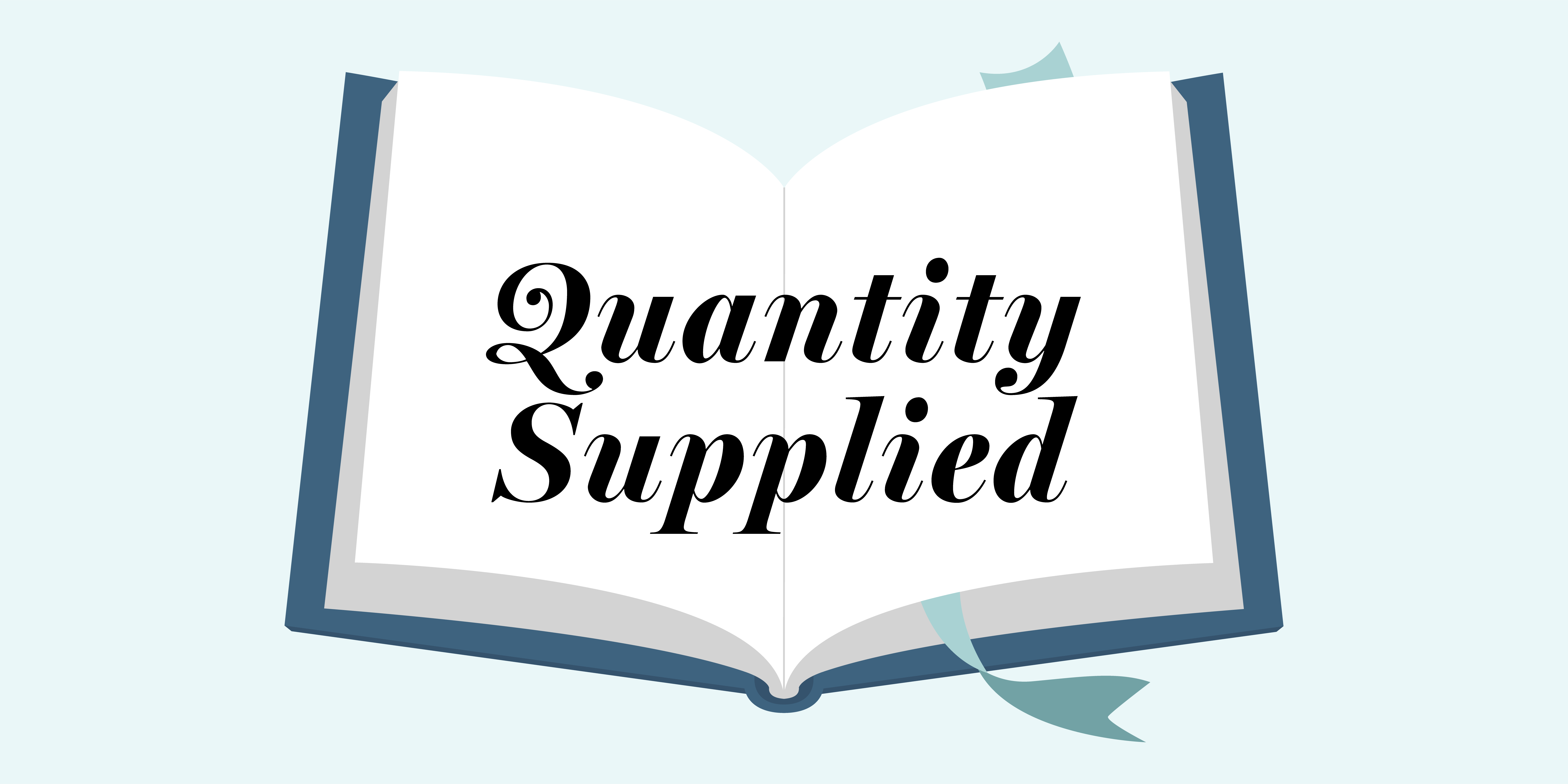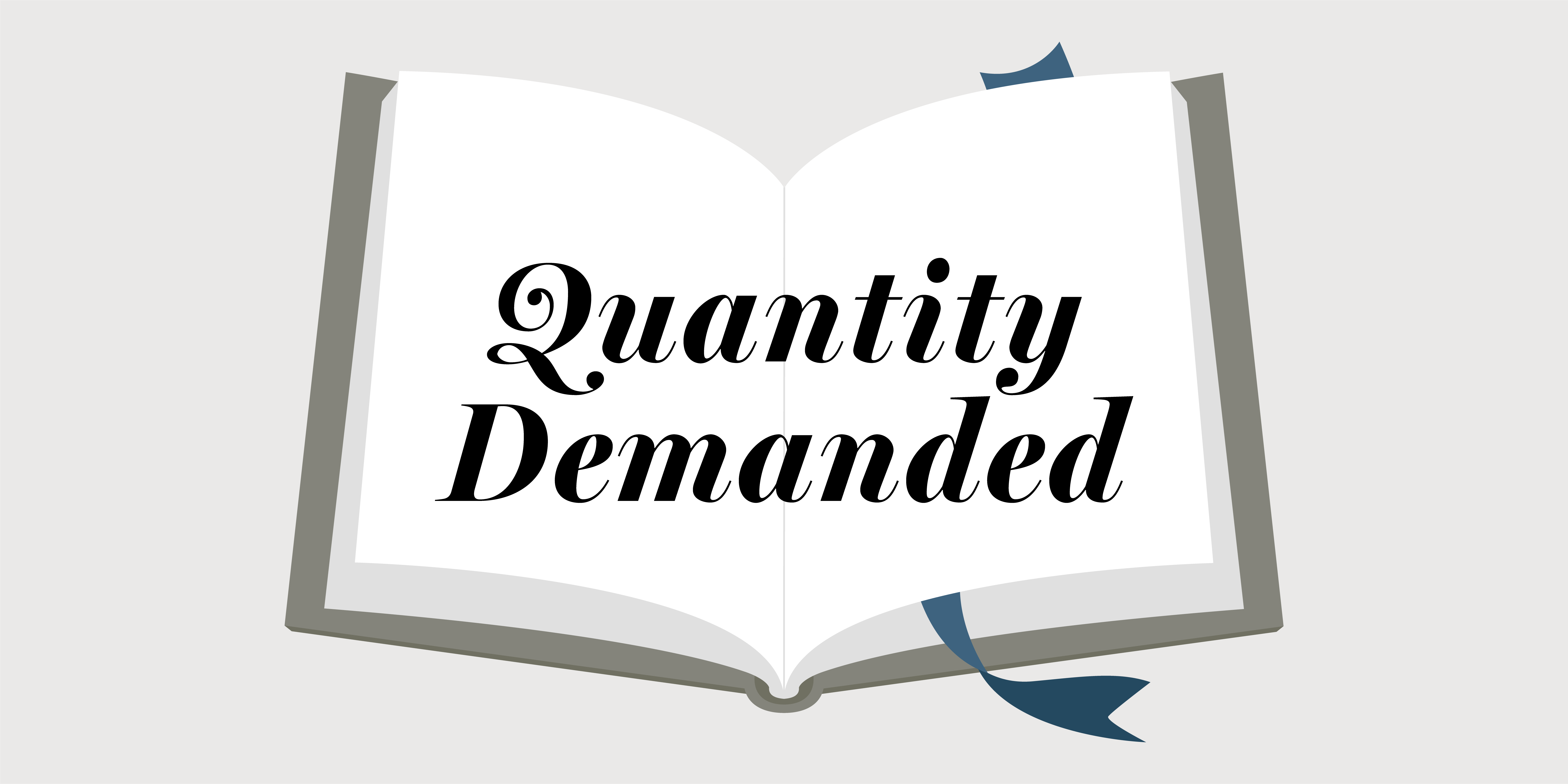Supply is a fundamental economic term, referring to the quantity of a specific good or service that is available in the market.
Demand describes the willingness and ability of consumers to purchase or acquire a product or service.
The relationship between supply and demand affects the price of goods and services in the market.
When there is a lot of demand for something, the price of that item increases. When prices are high, producers are more incentivized to increase production (or supply) in order to increase their sales. This is also when new producers/suppliers would typically enter the market. As supply increases, more goods flood the market. That means consumers have more choice, so sellers lower their prices to better compete for consumers’ money.
When there is very little demand for something, the price of that product or service decreases. When prices are low, it is less profitable to provide that good or service, so sellers reduce production (or supply), or exit the market. As production decreases, consumers have less choice and are often willing to pay more to get the product or service.
Market forces in either case push supply and demand in an inverse relationship. As supply increases, demand decreases, and vice versa. Eventually, the prices of goods and services stabilize and reach a point of equilibrium – where demand and supply are balanced.
Of course, this market equilibrium or balance is often short-lived as other market forces (like availability of resources, government intervention, speculation, etc.) affect the supply and demand of an item.

